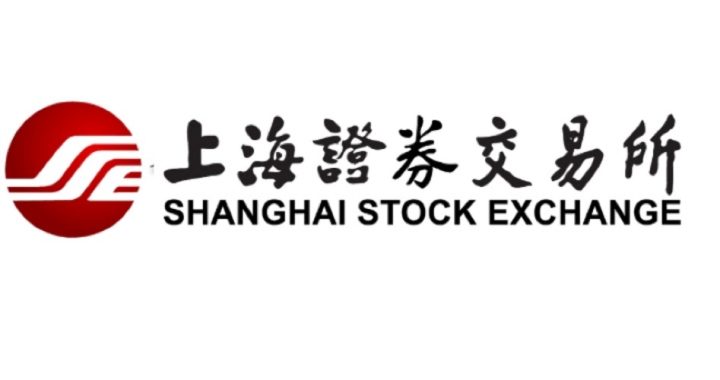
In the last 30 minutes of trading on Wednesday, the Shanghai Composite Index jumped more than three percent, while the smaller Shenzhen Composite (equivalent to the U.S. Nasdaq index) leaped more than four percent. That this was the result of actions taken by China’s unofficial “plunge protection team” was obvious to Jacky Zhang, an analyst at BOC International: “Clearly it is government intervention again.”
China’s plunge protection team (PPT), equivalent to the U.S. stock market’s “Working Group on Financial Markets” set up under President Reagan following Black Monday in October 1987, has moved heaven and earth to keep its stock markets from collapsing. The team, made up of China’s Securities Finance Corporation and the China Securities Regulatory Commission, along with top officials from the country’s 21 largest brokerages and the Chinese central bank, has implemented an entire panoply of measures to stem the tide, including:
• Demanding that foreign banks wishing to continue doing business in China refrain from making any negative public comments about its stock market;
• Lending $42 billion to brokerage houses for them to use to buy stocks;
• Demanding that brokerage houses ante up some $20 billion of their own capital to purchase equities;
• Announcing new stimulus in the amount of $40 billion for infrastructure projects;
• Speeding up similar infrastructure spending already in the works;
• Allowing margin accounts already underwater to remain open despite sustaining margin calls;
• Demanding that the owners of China’s 300 largest corporations refrain from selling any of their stock for the next six months;
• Eliminating any new public offerings of stock;
• Cutting interest rates to new lows; and
• Allowing the yuan to continue to depreciate against world currencies in efforts to stimulate exports.
There have been efforts by observers on the scene to place the blame for the Chinese market’s volatility on individual stock investors. J.J. Zhang, writing for MarketWatch, forwarded this view, claiming that the volatility was based, not on PPT market manipulation, but on “the individual behavioral habits and viewpoints of Chinese market participants.” Chinese retail investors make up 85 percent of the market, he says, and that, combined with the highest trading frequencies in the world and the lowest education levels, naturally makes the market volatile.
Zhang says this results in the market’s “irrational behaviors” and the turning of the market into a casino, “not for [long-term] investing.” He says that with market gains, even after recent declines, of more than 100 percent over the last 12 months (and 30 percent over the last six months), greed, jealously, and ignorance are responsible for the market’s behaviors.
Zhang says it will just take time for those gamblers to learn to become long-term investors: “Maturity takes time. Just as kids grow from naïve adolescence to rowdy teenage years to eventual maturity, so will China and its market participants.”
He is right, after a fashion. Investors are banking on big profits, but how much of that signals ignorance is open to question. After all, they cannot rely on price signals from the market to dictate when they should buy and sell because of actions from the PPT. What the Chinese PPT has done is the same thing Wall Street’s PPT has done: remove prices as an indicator of value.
Not only that, but those investors are also banking on the unspoken promise that, if things get out of hand, the PPT will step in to keep losses from getting out of control.
That reduction of “moral hazard” is also another tool taken from Wall Street’s PPT. Wall Street’s “Working Group,” made up of the secretary of the treasury and the chairs of the Federal Reserve, the Securities and Exchange Commission, and the Commodity Futures Trading Commission, has been tasked with “maintaining investor confidence,” but instead has encouraged risk taking with the implied “put” that declines won’t turn into disasters. As noted by former PPT member Dr. Pippa Malmgren, a U.S. financial advisor and policy expert based in London: “There’s no price discovery anymore by the market.… Governments impose prices on the market.”
What China’s PPT appears to be trying to do is keep its markets from repeating the experience from 2006 through 2008. At the beginning of 2006, the Shanghai Index was trading at just over 1,000. In 18 months it had skyrocketed to 6,000, followed by a decline back to 2,000 six months later.
In early 2014, that index was still trading at about the 2,000 level before it started to rocket into the ionosphere, touching 5,000 last November. Since then it has fallen precipitously to 3,700, just above its 200-day moving average. If it breaches that, it will signal, once again, that market manipulation by the PPT has failed, that market forces have once again overridden government manipulations, and that investors have failed once again to learn that stock markets hold risks far beyond their ability to manage.
A graduate of an Ivy League school and a former investment advisor, Bob is a regular contributor to The New American magazine and blogs frequently at www.LightFromTheRight.com, primarily on economics and politics.



